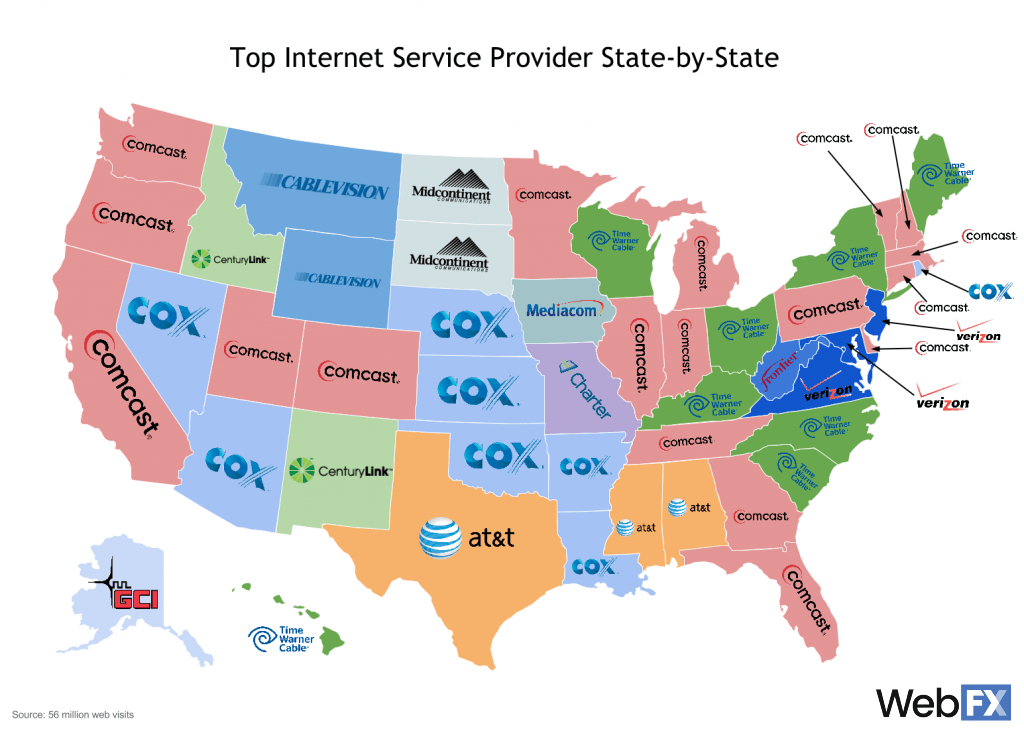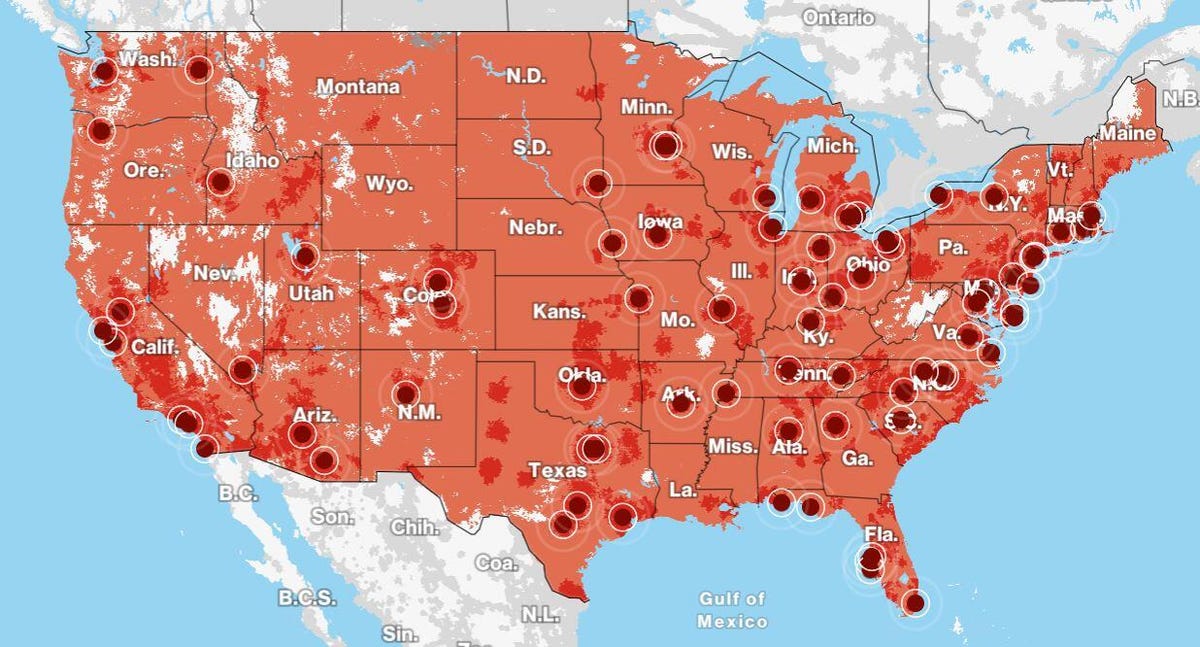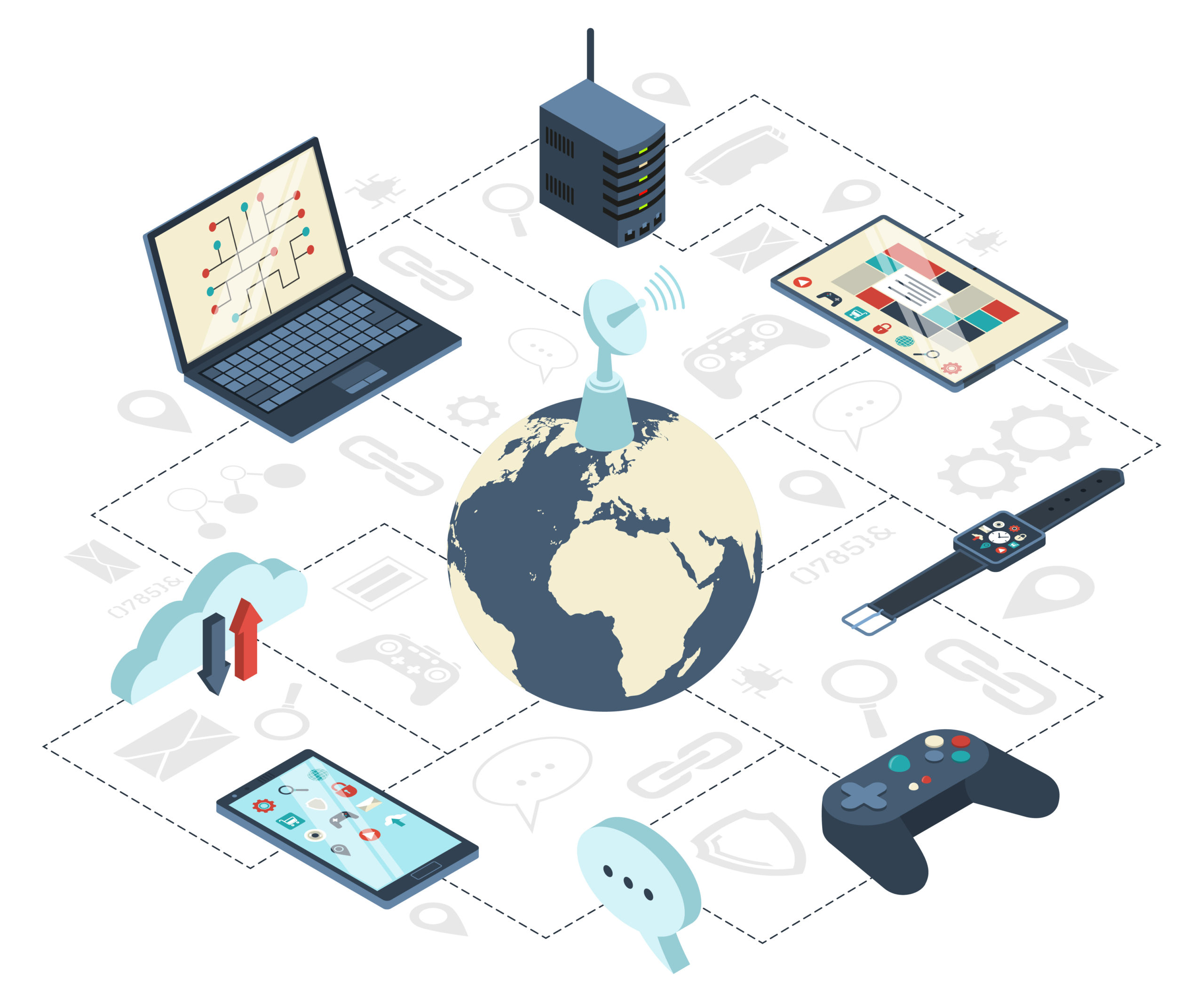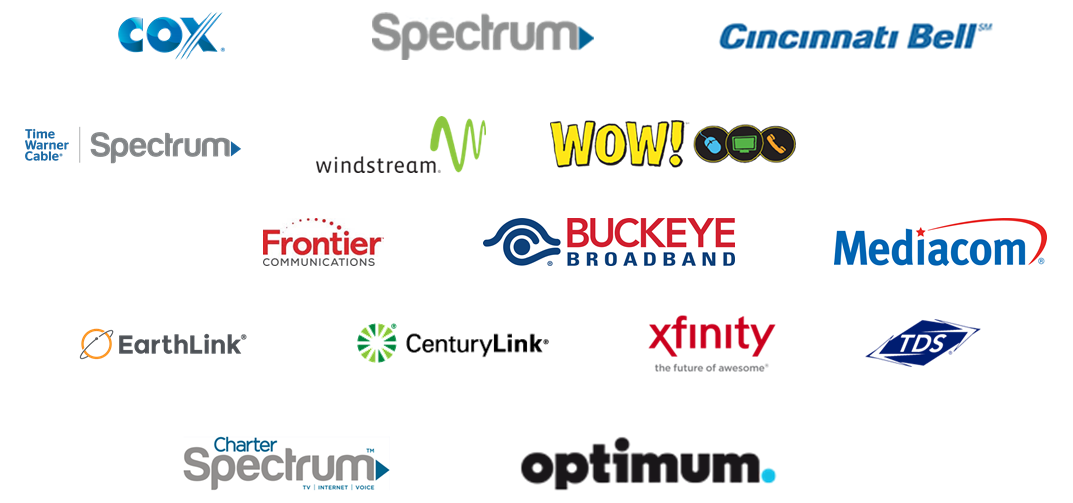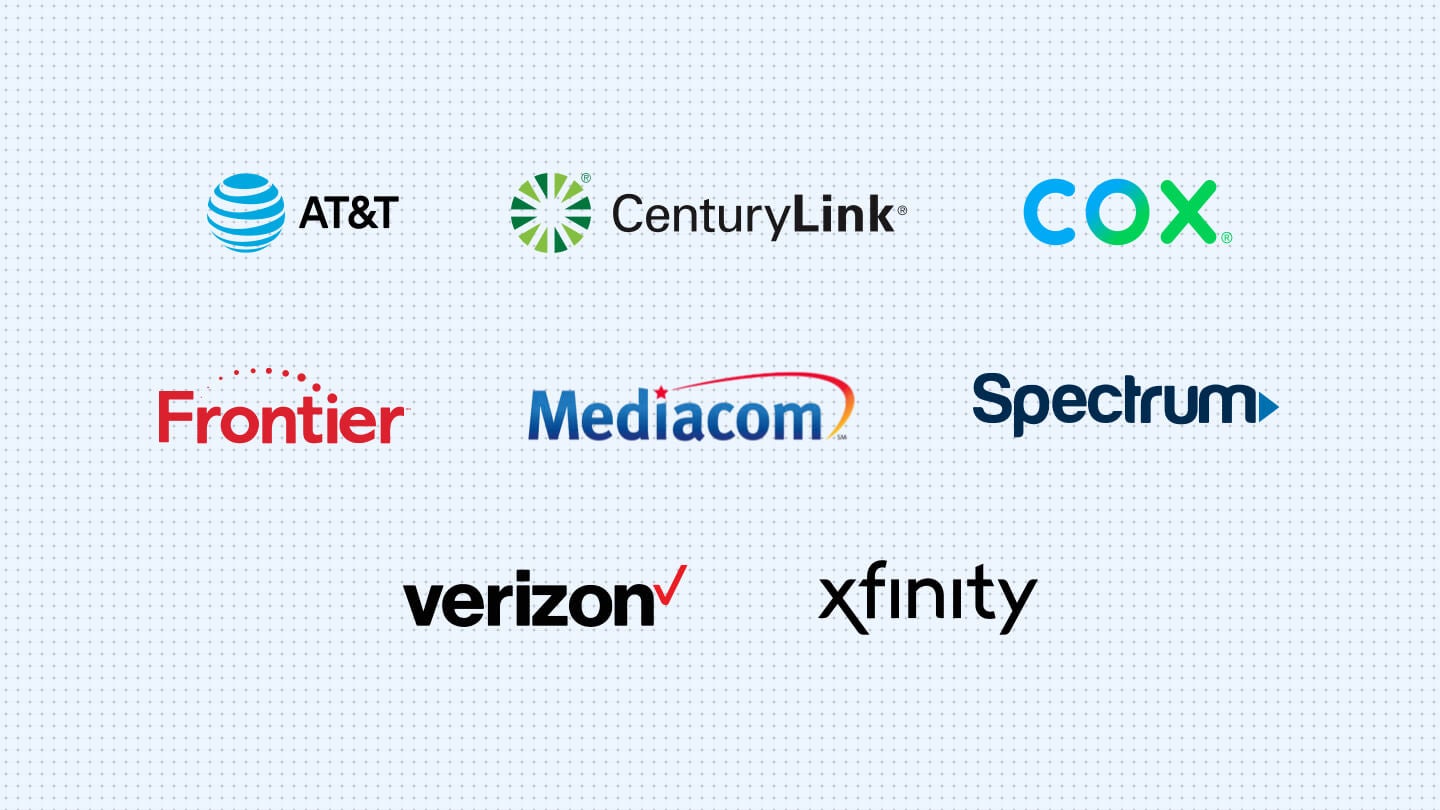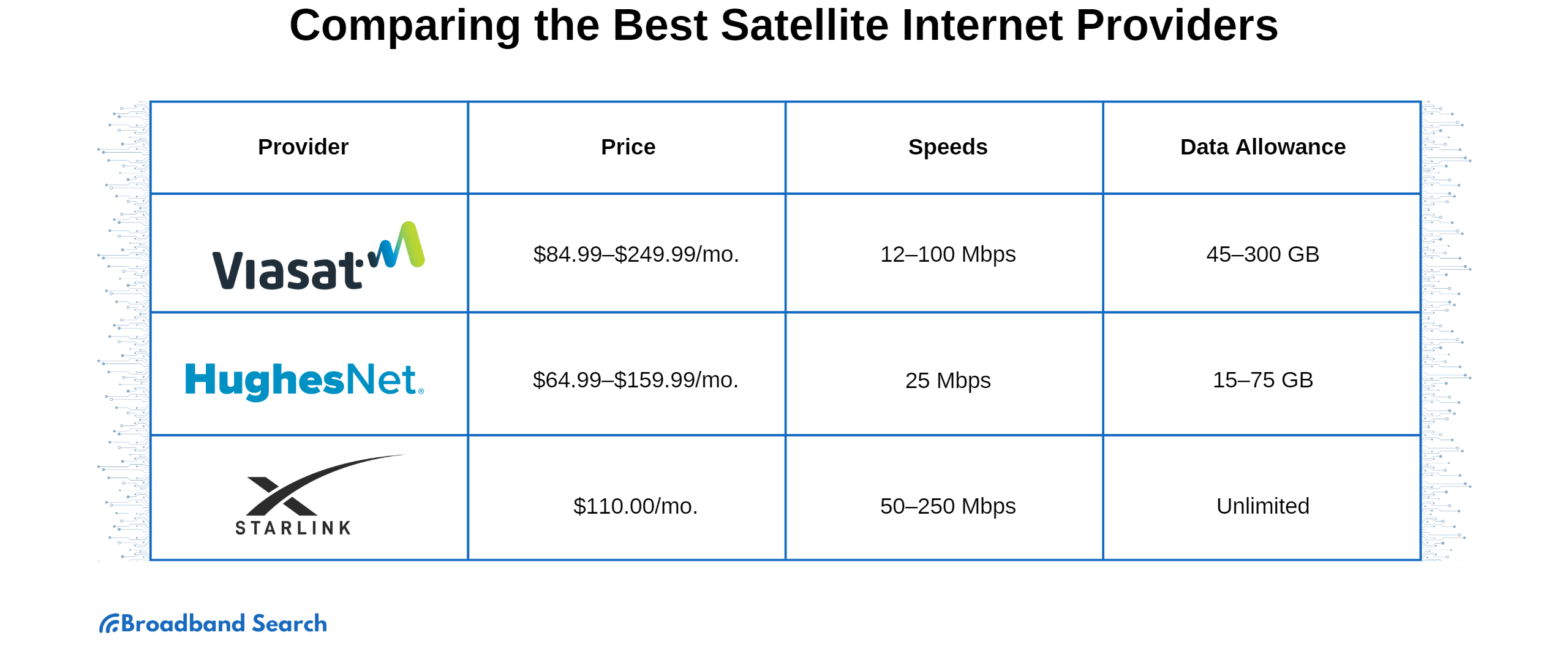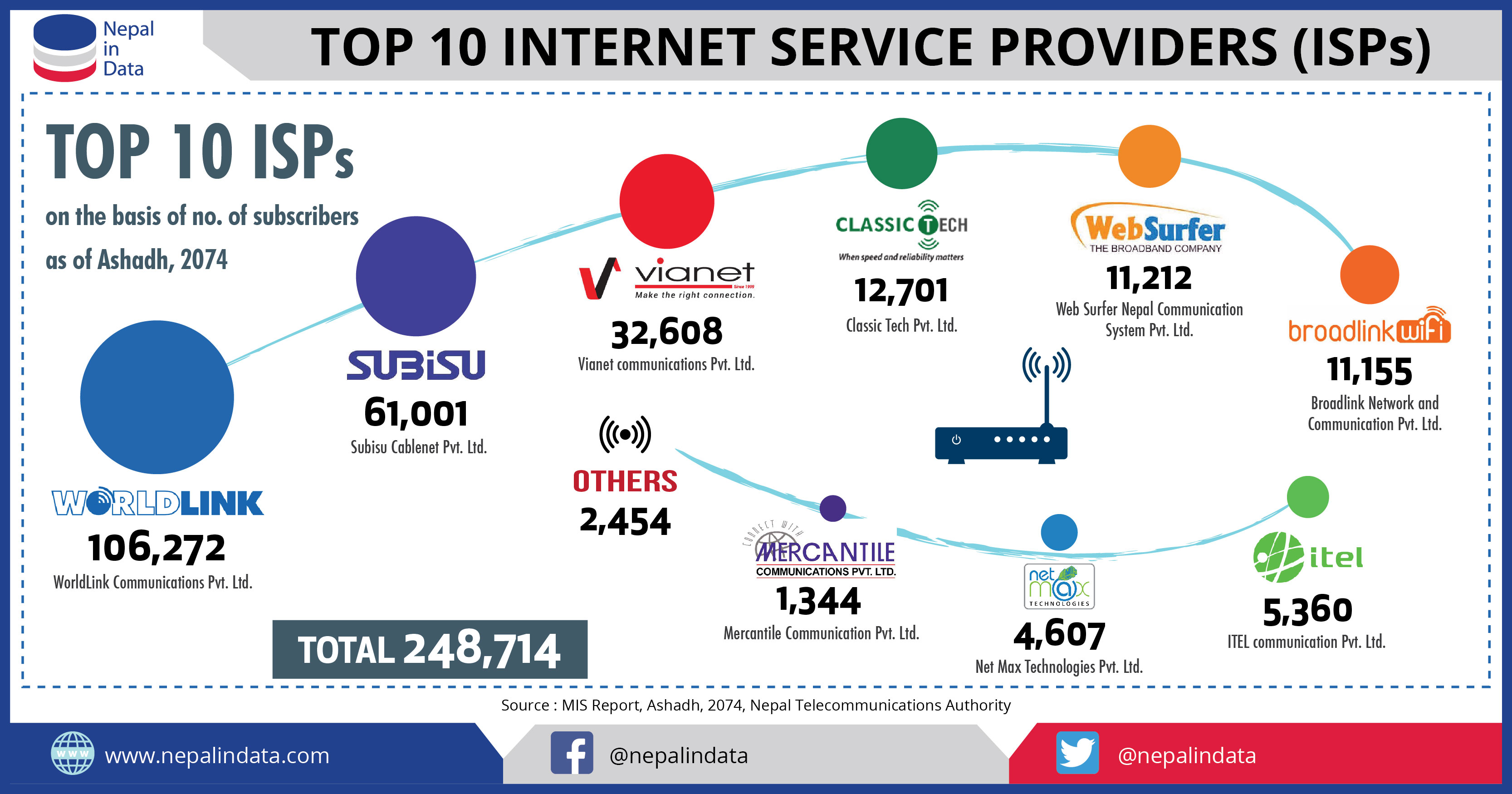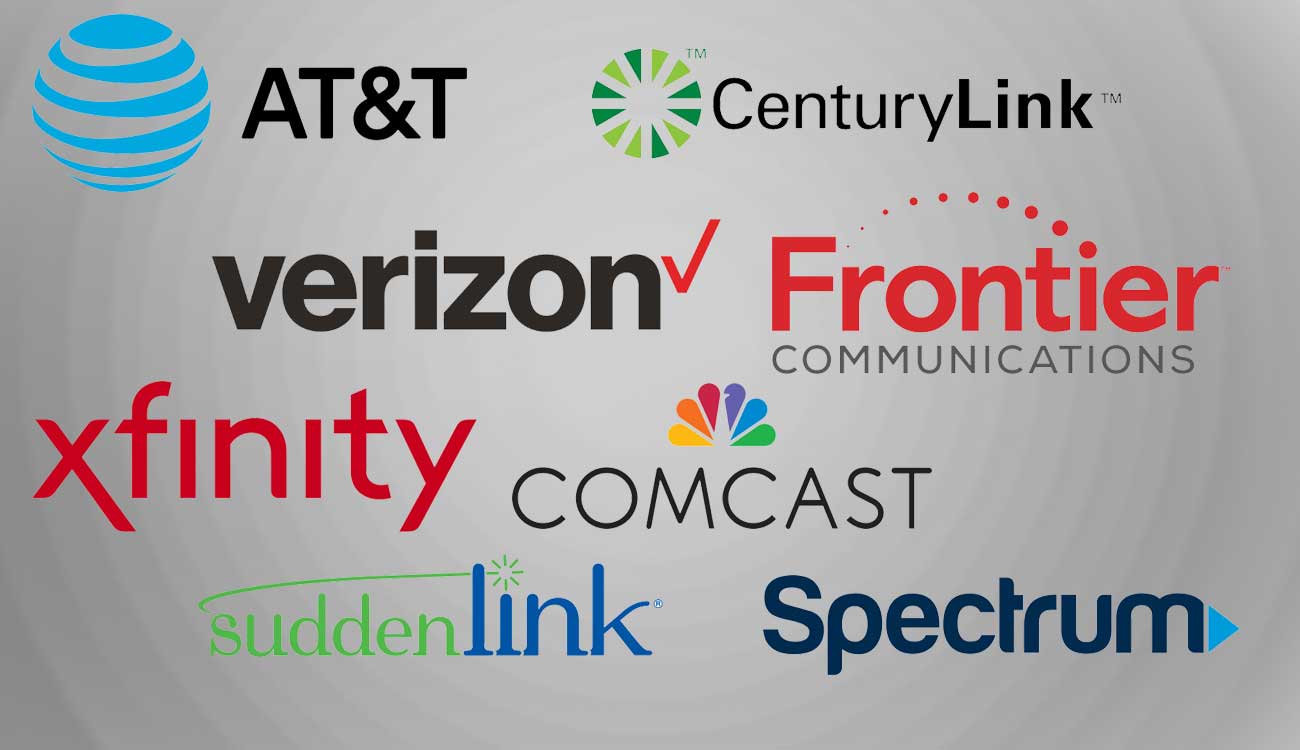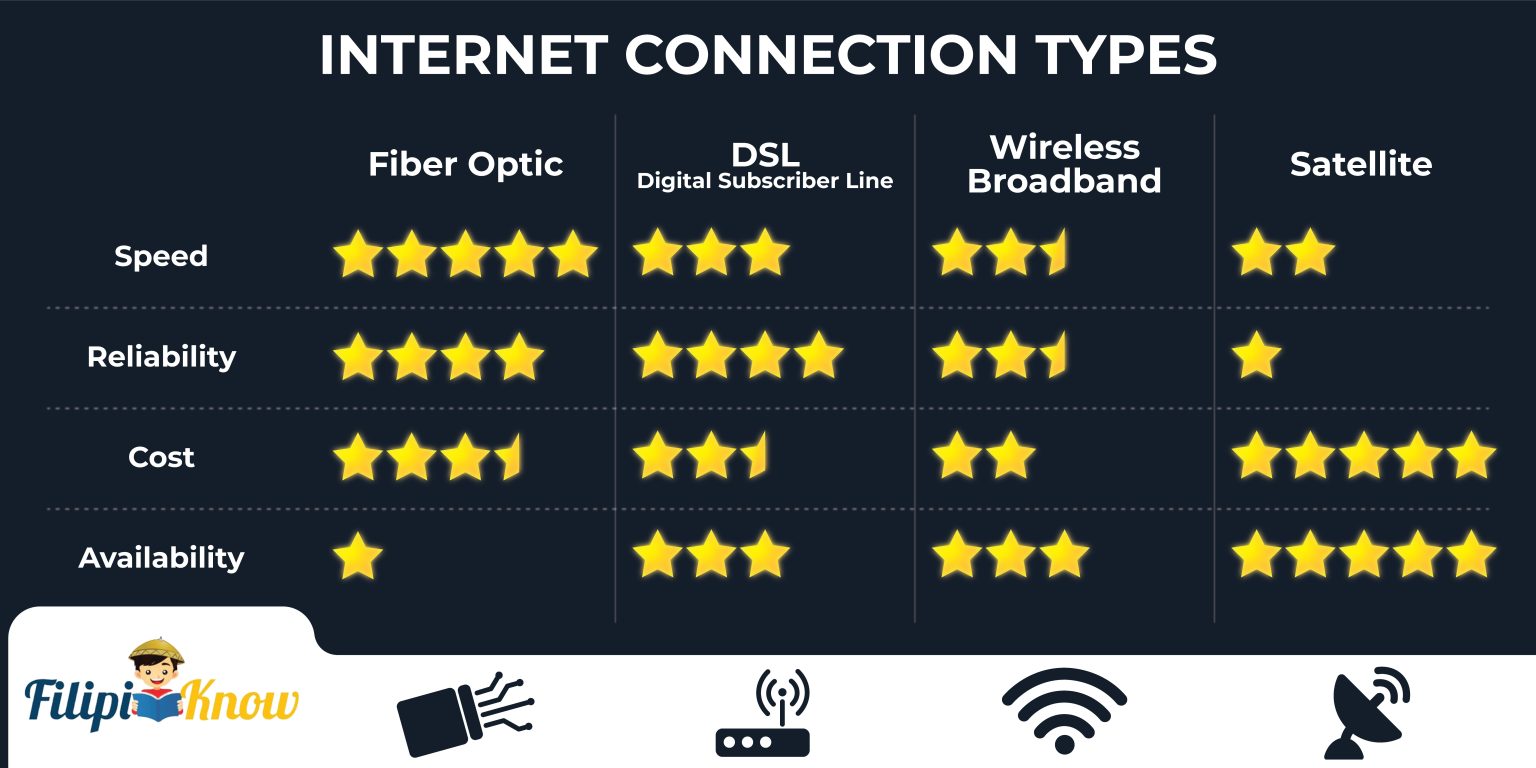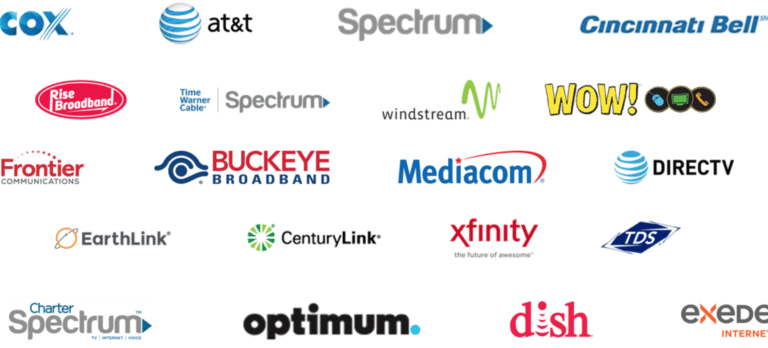Internet Companies Servicing My Area
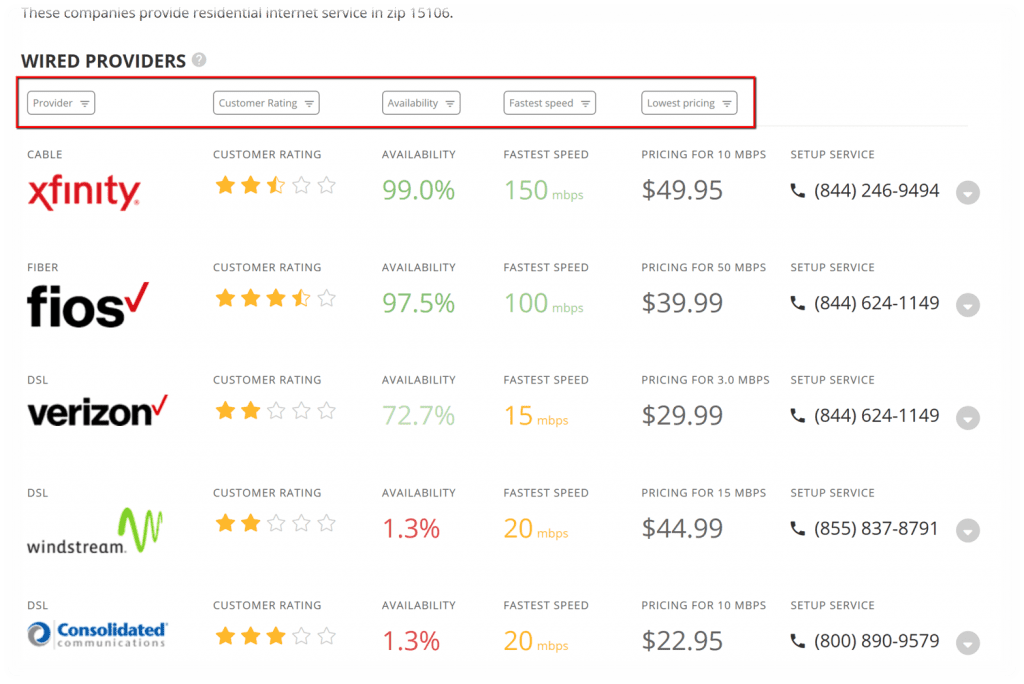
The digital divide remains a stark reality in our community, with many residents struggling to access reliable and affordable internet service. While some enjoy seamless connectivity, others face slow speeds, high costs, or complete unavailability, hindering their access to education, employment, and essential services.
This article delves into the current landscape of internet service providers (ISPs) operating in our area, examining their offerings, infrastructure, and impact on the community's digital inclusion. It aims to provide a comprehensive overview of the available options, challenges, and potential solutions for bridging the digital divide and ensuring equitable access to high-speed internet for all residents.
Current ISP Landscape
Several internet service providers currently serve our area, each employing different technologies and targeting specific customer segments. Comcast Xfinity, a major cable provider, offers broadband internet through its existing cable infrastructure.
Verizon Fios provides fiber optic internet to select neighborhoods, boasting significantly faster speeds and lower latency. Meanwhile, HughesNet and Viasat offer satellite internet, providing coverage in more remote areas where wired infrastructure is limited.
Assessing Coverage and Speed
Coverage varies significantly across the region. While densely populated areas generally have access to multiple providers and higher-speed options like fiber, rural areas often rely on slower and less reliable satellite or DSL connections.
Data from the Federal Communications Commission (FCC) indicates that while the average broadband speed in our county meets the minimum threshold for broadband, significant disparities exist between urban and rural areas. The FCC data also highlight some areas, specifically on the outskirts of the county, that are either unserved or underserved.
These areas have a difficult time competing for federal grants due to outdated coverage maps that do not show an accurate representation of the lack of service in these areas.
Challenges and Concerns
Despite the presence of multiple ISPs, several challenges persist. Affordability remains a major barrier for low-income households, with the cost of internet service often exceeding their budgets.
Furthermore, the lack of competition in certain areas allows providers to maintain high prices and limit service improvements.
"Many residents feel they are being held hostage by one provider with little to no competition," says Councilmember Davis, a vocal advocate for expanding broadband access.
The Digital Divide's Impact
The digital divide exacerbates existing inequalities. Students without reliable internet access struggle to complete homework and participate in online learning, widening the achievement gap.
Adults lacking internet access face challenges in finding employment, accessing healthcare information, and participating in civic engagement. This isolation negatively affects mental health and overall quality of life.
Community Initiatives and Solutions
Recognizing the importance of digital inclusion, several community initiatives are underway. The county government is exploring partnerships with ISPs to expand broadband infrastructure to underserved areas.
Local non-profit organizations are offering digital literacy training and affordable internet access programs for low-income residents. These programs help to bridge the digital skills gap and empower individuals to utilize the internet effectively.
Looking Ahead: The Future of Connectivity
The future of internet service in our area hinges on several factors. Increased competition among ISPs, driven by technological advancements like 5G wireless and continued fiber optic deployment, could lead to lower prices and improved service quality.
Government funding and policy initiatives, such as the Affordable Connectivity Program, play a crucial role in ensuring that all residents have access to affordable internet. Continued investment in infrastructure and digital literacy programs is essential for closing the digital divide and creating a more equitable and connected community.
